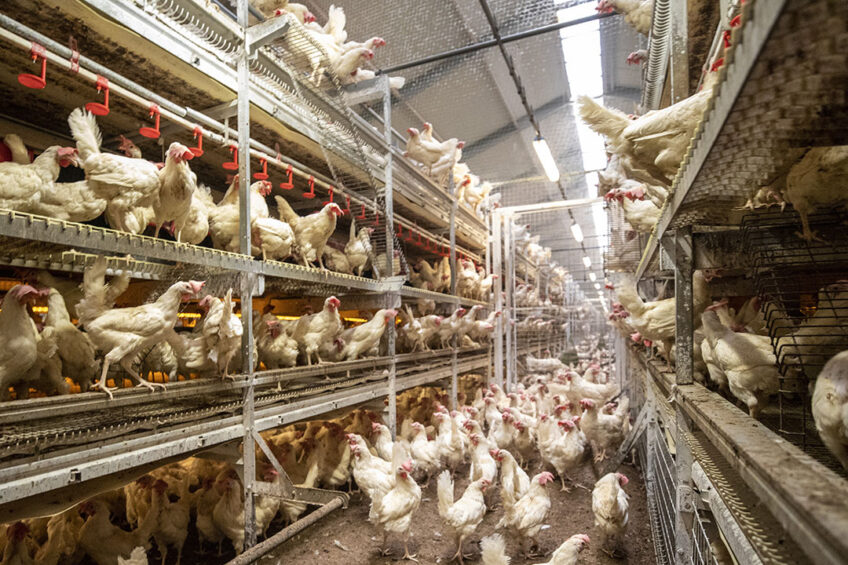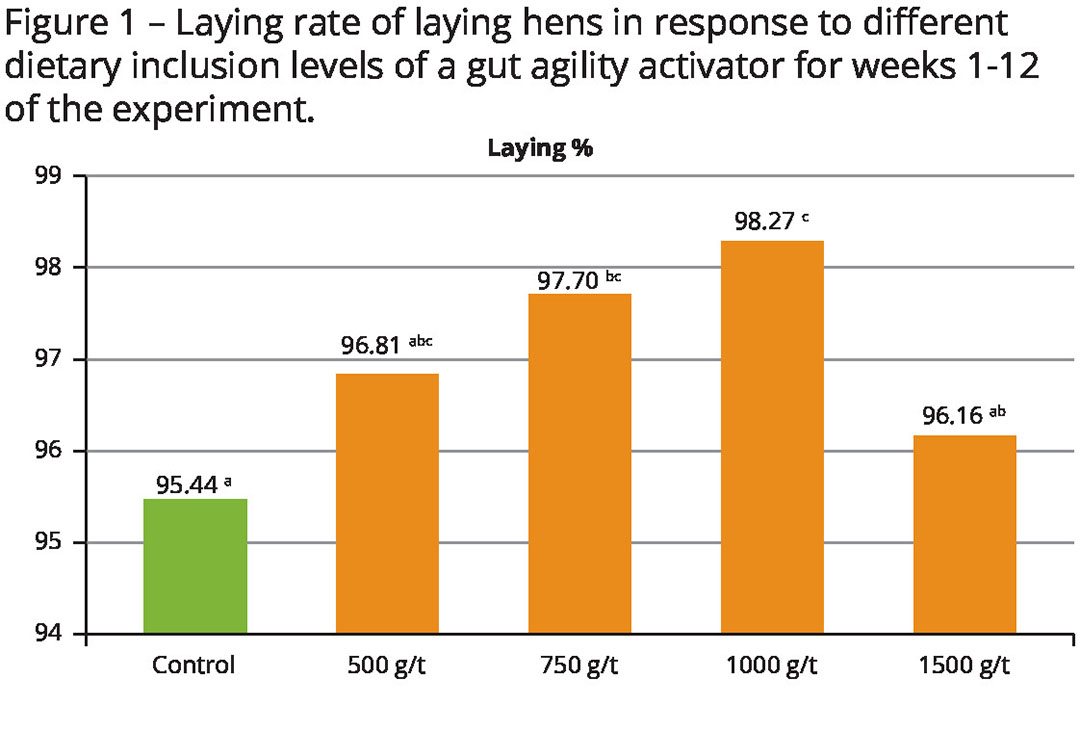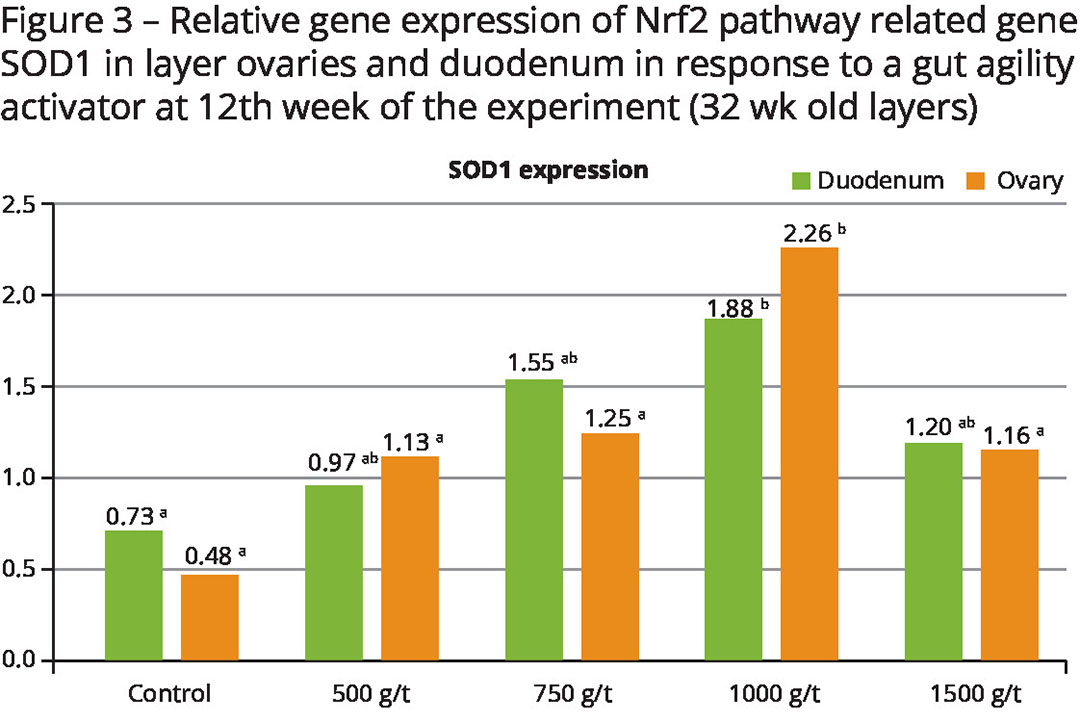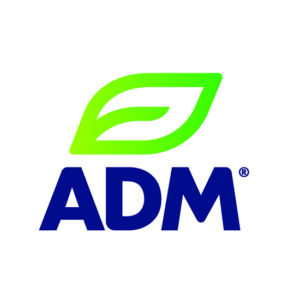Enhanced feeding strategies for long-life layers

Research published by the University of Athens in January 2023 demonstrates how a gut agility activator impacts productivity in laying hens and cellular adaptive pathways in the gut and ovary. The insights gained are valuable in achieving a greater understanding of how nutrition can transform the power egg producers have over the ability of their flocks to reach high performance potential in a sustainable way.
The egg production industry has made great strides in improving productivity per hen and reducing the environmental impact of egg production. However, many flocks are still operating below their performance potential. The reason is that there are factors impacting the length of productivity in birds, and these are difficult to control by the producer under commercial conditions. This leads to the need to find solutions that can help control the response of the bird to a variety of stressors in such a way that high productivity, egg quality and well-being can be maintained for a longer period.
A better understanding of the underlying mechanisms affecting response outcomes in the bird and how these can be influenced by nutritional means can pave the way for more advanced nutritional strategies to help maintain productivity and well-being in birds for extended laying cycles. This would have positive implications in terms of further accelerating the progress made in the economic cost and environmental footprint of egg production.
Mind the gap
Under commercial conditions, birds are exposed to a variety of stressors, including changes in diet, a rise in ambient temperatures, xenobiotics (including mycotoxins) in the feed and the stress of high productivity. All of these factors have implications for long-term performance and well-being, as well as the quality of the eggs produced. This means there is a performance gap that can only be closed if there are ways to support the bird to respond to stressors in more efficient ways or if the bird itself becomes more resilient through genetic selection.
In a commercial environment that is increasingly experiencing a shortage of labour on farms and pressure to reduce the cost and environmental footprint of production, laying hens that require little attention and still maintain productivity for longer have a real advantage.
Oxidative stress is a well-known factor that affects the long-term health and productivity of key organs for egg production in the laying hen, i.e. the ovary, gut and liver. It is the result of an increased accumulation of reactive oxygen species (ROS) in response to stressors that the body’s own defence mechanisms are no longer able to counterbalance. Understanding the underlying mechanisms provides opportunities to find ways of influencing them, and is supportive of closing the gap and achieving performance potentials in laying hens.
Adaptive pathways in key organs
Oxidative stress is one of the main causes of ovarian ageing, which is linked to a decline in ovarian function and affects egg production and quality as laying hens get older. Highly productive laying hens are more vulnerable to oxidative stress and ovarian ageing due to rapid daily ovulations.
The laying hen’s capacity to mitigate oxidative stress is critical for maintaining egg production and health, especially in the pre-peak period of laying.
Two pathways are essential for cellular protection, namely the aryl hydrocarbon receptor (AhR) and the nuclear factor erythroid 2-related factor 2 (Nrf2). The Nrf2 pathway is responsible for the adaptive antioxidant defence and the AhR is responsible for detoxification. A reduction in productivity and intestinal health in chickens in response to stress factors such as heat stress and mycotoxins has been associated with an increase in AhR pathway-related genes and a decrease in the expression of Nrf2-related genes.
Managing the bird’s response
 Recent peer-reviewed laying hen nutrition research carried out in collaboration with the University of Athens suggests that the response of important pathways in the gut and ovary can be modulated in favour of positive outcomes for productivity.
Recent peer-reviewed laying hen nutrition research carried out in collaboration with the University of Athens suggests that the response of important pathways in the gut and ovary can be modulated in favour of positive outcomes for productivity.A 12-week feeding trial was conducted to investigate the impact of a gut agility activator, including a formula based on a synergistic blend of botanical compounds, in Hy-Line brown laying hens starting at the age of 20 weeks. The product was tested at four different levels in the feed (500, 750, 1000 and 1500 g/t) versus a control diet (CON) under normal physiological and non-challenge experimental conditions monitoring the AhR and Nrf2 pathways at the molecular level in the gut and ovary, as well as a weekly laying rate.
 Results revealed that the inclusion of the gut agility activator improved the laying rate compared to CON (P < 0.05) over the experimental period (Figure 1), confirming the beneficial effect on performance that had already been observed in a number of field trials.
Results revealed that the inclusion of the gut agility activator improved the laying rate compared to CON (P < 0.05) over the experimental period (Figure 1), confirming the beneficial effect on performance that had already been observed in a number of field trials.
The current research also identified 1,000 mg/kg of feed as the most optimal inclusion rate with respect to improving the laying rate.
The positive effect on laying hen performance was associated with a down-regulation of the expression of several genes from the AhR detoxification pathway and an up-regulation of critical genes for cell protection against oxidation from the Nrf2 pathway at week 12 of the experiment in the gut and ovary (Figures 2 and 3).
 The activation of the Nrf2 pathway not only significantly upregulated superoxide dismutase (SOD1) but also gene expression of other important antioxidant enzymes such as GPX2, GSR and PRDX1 in both the gut and ovaries of the laying hens. The researchers interpreted the results at the molecular level as a reduced requirement for detoxification and increased antioxidant capacity in the bird in response to the treated diet.
The activation of the Nrf2 pathway not only significantly upregulated superoxide dismutase (SOD1) but also gene expression of other important antioxidant enzymes such as GPX2, GSR and PRDX1 in both the gut and ovaries of the laying hens. The researchers interpreted the results at the molecular level as a reduced requirement for detoxification and increased antioxidant capacity in the bird in response to the treated diet.
Future research
Future work could focus on investigating cytoprotective effects in aged laying hens and those operating under challenging conditions. Further research is required to confirm the positive impact on recognised resilience performance indicators for laying hens.
*References available upon request
*Extracts of data published by Anagnostopoulos, et al (2023) and Brouklogiannis et al (2023).
Join 31,000+ subscribers
Subscribe to our newsletter to stay updated about all the need-to-know content in the poultry sector, three times a week. Beheer
Beheer

 WP Admin
WP Admin  Bewerk bericht
Bewerk bericht